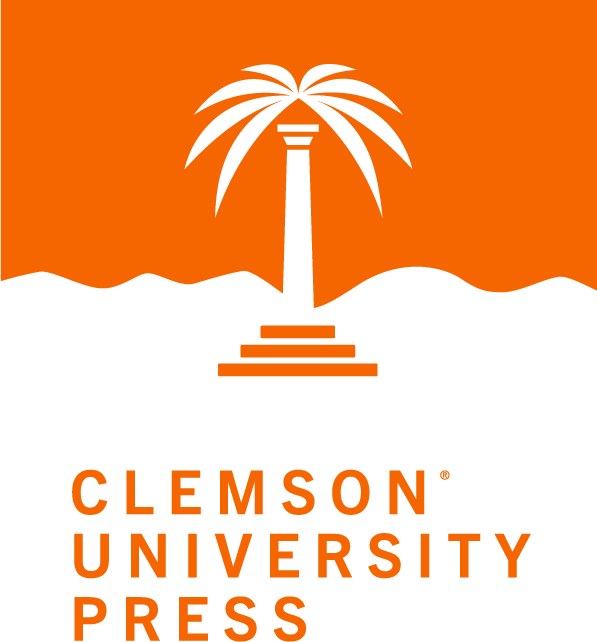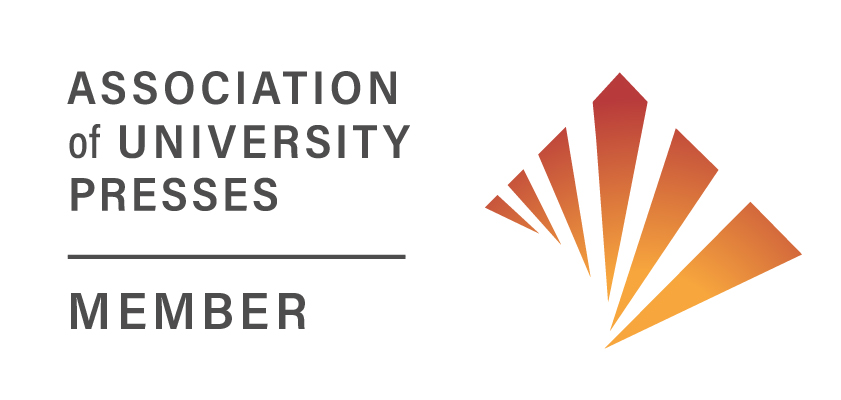 Rob Doggett, Professor and Chair of English at SUNY Geneseo, is the new general editor of International Yeats Studies, an open-access journal published by Clemson University Press in partnership with the International Yeats Society. Rob took over the role from founding general editor Lauren Arrington in December 2019.
Rob Doggett, Professor and Chair of English at SUNY Geneseo, is the new general editor of International Yeats Studies, an open-access journal published by Clemson University Press in partnership with the International Yeats Society. Rob took over the role from founding general editor Lauren Arrington in December 2019.
We asked Rob to tell us a little about himself, as an introduction to the journal’s readers and contributors. He also shared with us some of his vision for the journal under his editorship.
Tell us a bit about yourself and the experience you bring to the editorship.
I grew up about thirty miles outside of New York City in a sprawling, partly industrial, partly suburban town in north-central New Jersey. I did my undergraduate degree at Gettysburg College, and I received my PhD in English from the University of Maryland, where I worked closely with Yeats scholar, Elizabeth Loizeaux. Since 2005, I’ve been teaching at the State University of New York at Geneseo, a smallish public liberal arts college in western New York where I’m Professor and Chair of English. It’s a terrific place to teach, and I’ve been really grateful that I’ve had the opportunity to lead multiple groups of my students to study abroad at the Yeats International Summer School in Sligo.
In terms of my editorial background, I served for two years as the student intern for the Gettysburg Review, which was and remains a fantastic literary journal. In 2014, I edited When You Are Old: Early Poems, Plays, and Fairy Tales by W. B. Yeats for Penguin’s Drop Caps series, part of a group of twenty-six books designed by artist Jessica Hische. That was followed, in 2015, by a separate and substantially different edition of the early works, also titled When You Are Old, that I edited for Penguin Classics. I’m especially fond of the latter because it uses versions of the poetry from Yeats’s 1895 collection, Poems, and from the first edition of The Wind Among the Reeds. For people used to seeing the revised versions of these poems as they appear in most anthologies and collected editions, there’s something arresting and exciting about encountering his poetry as it appeared to readers in the 1890s.
Why do you study Yeats?
I confess that up through my early twenties I never much cared for Yeats. James Joyce was more my style. I had done the whole bit: an all-male Catholic education, an extended Irish-American family romantically nostalgic for the “old sod,” the growing certainty that I had an artistic soul that would only flourish if I chose to fly by the nets of family, Church, and State. It was all, as Stephen Dedalus put it, so “deeply deep.” As for Yeats, I’d only encountered him in anthologies where the late poems took center stage and tended to address topics—such as the decay of the body, the longing for permanence in art, spiritualism and the occult, or the passing away of the Irish aristocracy—that didn’t really resonate with my experiences as an undergraduate in central Pennsylvania. I was also into free verse and confessional poetry, which meant that his formalism put me off, while his tendency to don the mask of the great poet to make grand pronouncements struck me as a tad arrogant.
What changed, I suppose, is that I started to appreciate the incredible range of his poetry. Like most people who stick with Yeats over long periods, as I got older I started to feel the relevance of his work in so many different areas of my personal and scholarly life, whether it’s Irish folk traditions or the myriad emotions that people experience when they’re in an intense romantic relationship or the complexities of Ireland’s political history or the sense, as we age, that art can indeed serve as refuge from the daily tumult. I found myself increasingly sharing his fears about the place of art in a world of ever-expanding commercialism, even if I still wasn’t too keen on his tendency to idealize aristocratic culture. Once I began teaching Yeats, I developed a real appreciation for his craft—his ability to deploy so many different and complex poetic forms in a manner that seems effortless; and, I guess most important, I realized that what I took for arrogance was really a kind of artistic pride that we need today perhaps more than ever before. At a time when it does indeed seem that “the best lack all conviction” and “the worst are full of passionate intensity,” we need artists who are not afraid to make bold statements about what truly matters in life. We need artists who show us why art is important—and that’s definitely something we can find in Yeats.
How does the journal contribute to the mission of the International Yeats Society?
When Meg Harper began to talk with many of us about putting together the International Yeats Society she consistently stressed the importance of globalizing Yeats studies. Now, obviously Yeats has always been a global author, in that his major poems are taught at schools on every continent and, in terms of general readers, he is among the most widely known English-speaking poets in the world. The scholarly community, though, has traditionally been a lot more insular, confined mostly (though not, of course, exclusively) to academics working at research universities in Ireland, the United Kingdom, and the United States. That disjunction is something that all of us wanted to remedy. We wanted to provide a venue where scholars from around the world could share their insights about Yeats, with the basic idea being that the more we could bring in different perspectives, contexts, and approaches, the more we could enliven the field of Yeats studies. Our yearly conference is one such venue, but the more important venue is the journal. It’s a space that is focused explicitly on advancing Yeats studies in wider academic and public communities by fostering critical conversations that transcend national borders.
International Yeats Studies is an open-access journal. Why is open scholarship important?
A key part of International Yeats Society’s mission is to make current scholarship on Yeats “widely and easily available.” That wouldn’t have been possible had we embraced the old publishing model where access depends on subscribing to multiple journals, purchasing expensive academic books, or on being part of a university with a high-quality research library. The digital age seemed to promise the demise of that old model, but what actually occurred in Yeats studies, like so many other literary fields, has been a kind of stratification. A small group of people—academics and university students—continued to have easy access to quality, peer-reviewed work, while most people have had to content themselves with an ever-increasing body of websites that feature short interpretive pieces that have not been peer-reviewed or even vetted for basic accuracy. As an open-access journal, which features articles reviewed by the leading scholars in Yeats studies, IYS really is filling a crucial need.
Having said that, one obstacle that we face and that is common to all journals in the humanities is funding. The issue isn’t simply paying the costs for the website or funding print copies; it’s about the relationship between funding and quality. To take one example, we believe strongly that all of the pieces that appear in IYS undergo professional copy editing—which, obviously, is not free. Fortunately, we have had support from a couple of universities, including Clemson, which publishes the journal, but we rely heavily on the International Yeats Society. What I want people to know, then, is that when they become members of the International Yeats Society, their contributions directly ensure the quality of the journal and help us to bring the scholarly conversation about Yeats to people from around the world who have traditionally been left out. It’s something that I know all the members of the International Yeats Society take a lot of pride in.
What is your vision for the journal moving forward?
We’re a young journal, so right now my primary aim is simply to build upon the good work that Lauren Arrington has done—which means continuing to publish high-quality articles on Yeats by scholars from around the world. I’m also excited about continuing the tradition that Lauren started of periodically publishing special topics issues with guest editors. Our recent issue on “Yeats and Mass Communication” was quite successful, and I’m looking forward to our next special topics issue, edited by Alexandra Poulain and Meg Harper, on Wheels and Butterflies. Down the line, I’m hoping that we can do more to connect the journal with the sites for individual conferences. What I have in mind are pieces that reflect on the experience of reading Yeats in places where the history and culture might challenge some of the traditional assumptions we have about his writings. Overall, though, I want to say how much I welcome and look forward to suggestions from members of the International Yeats Society and from readers of the journal on where we might go in the future.
Read the latest issue of International Yeats Studies and consider submitting to the journal.

